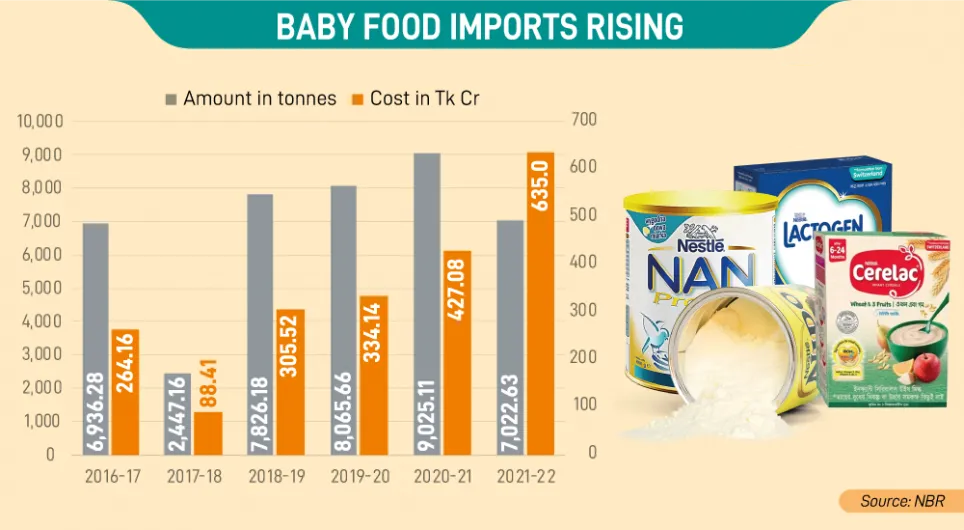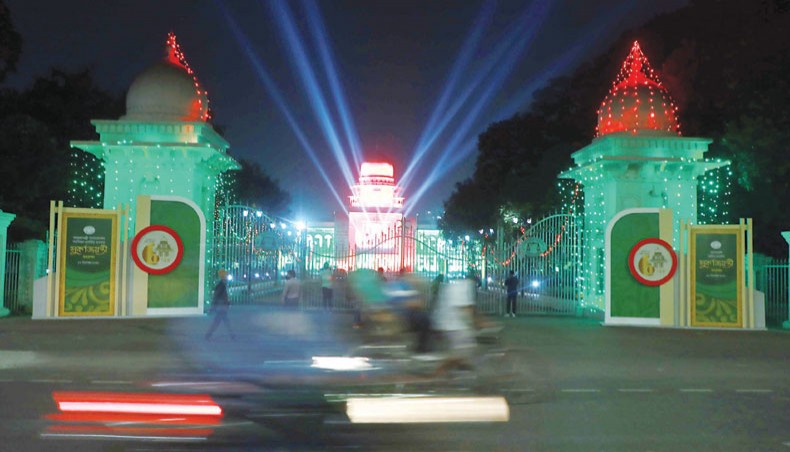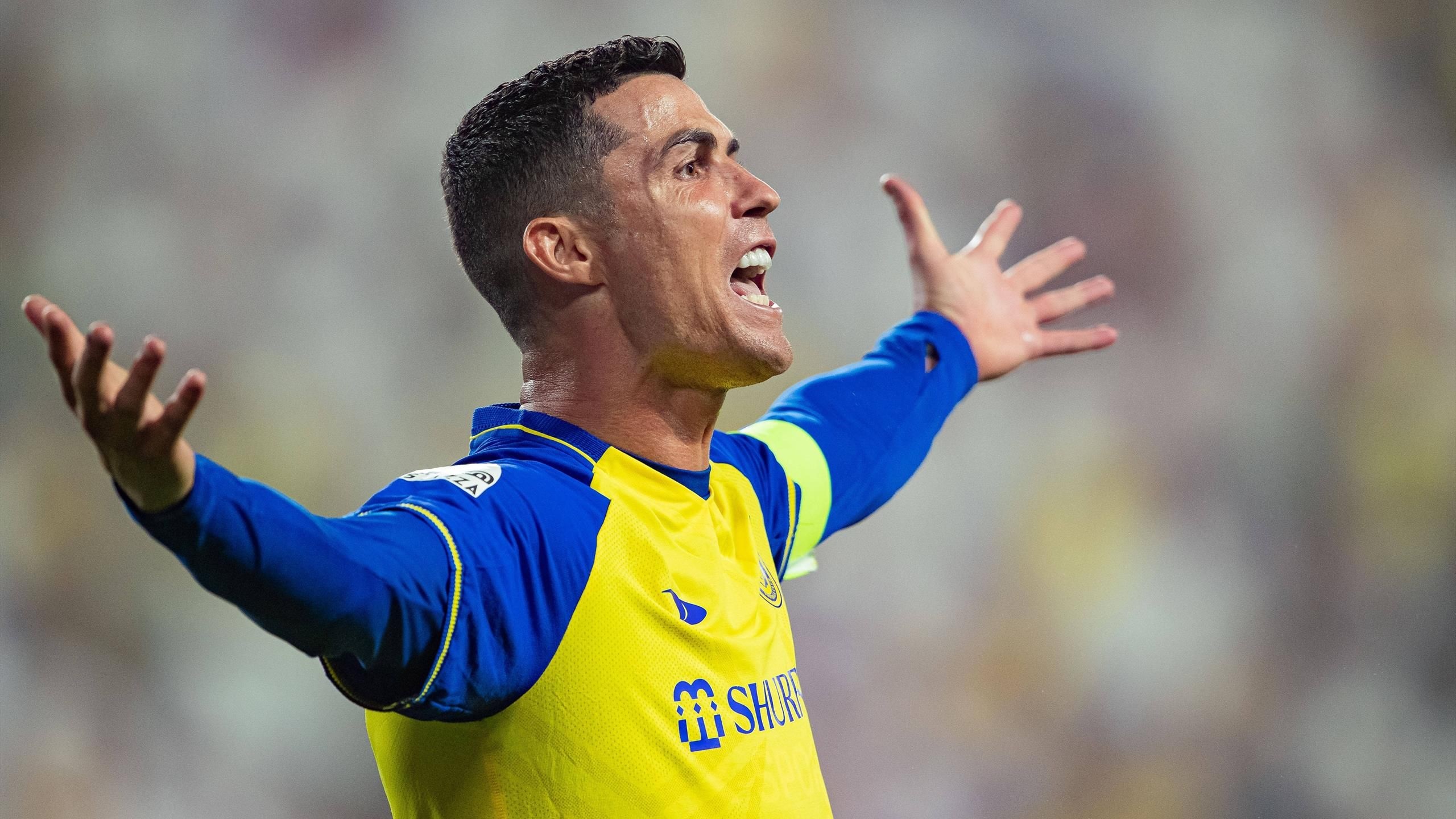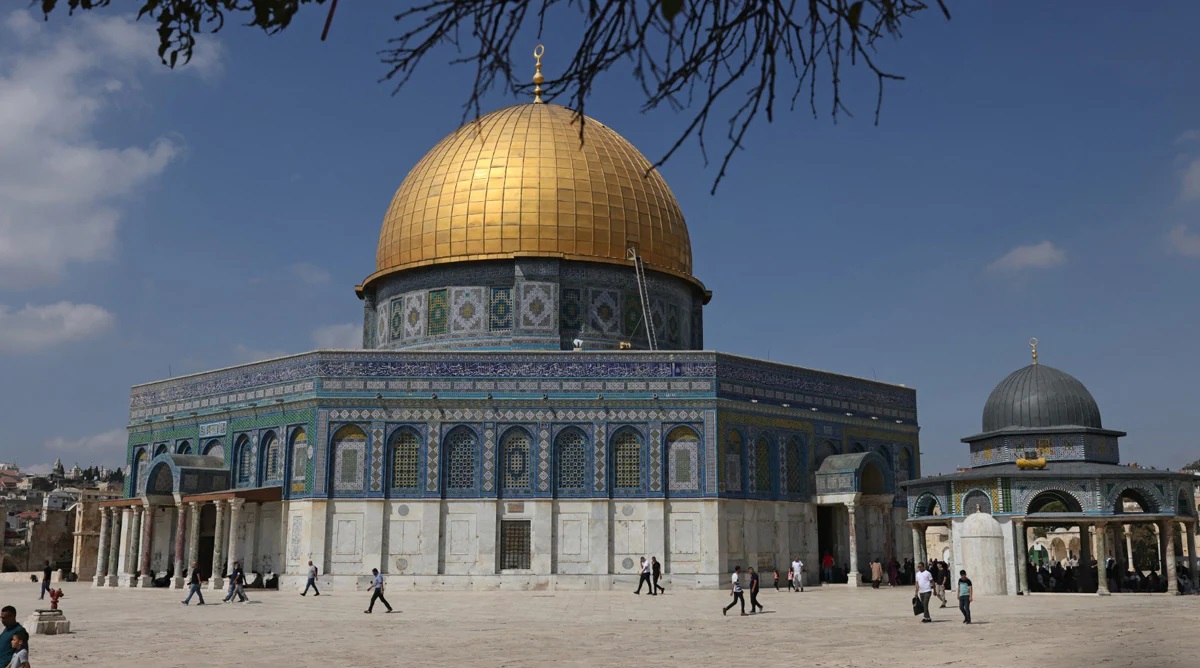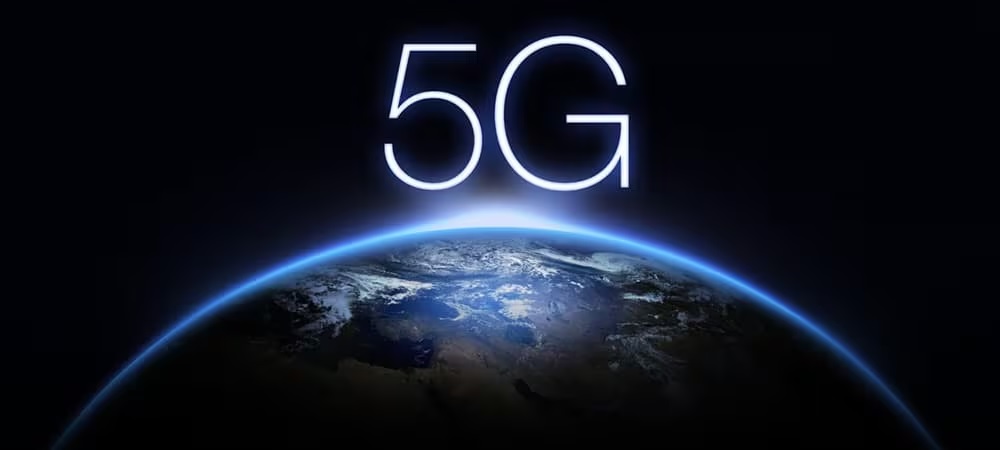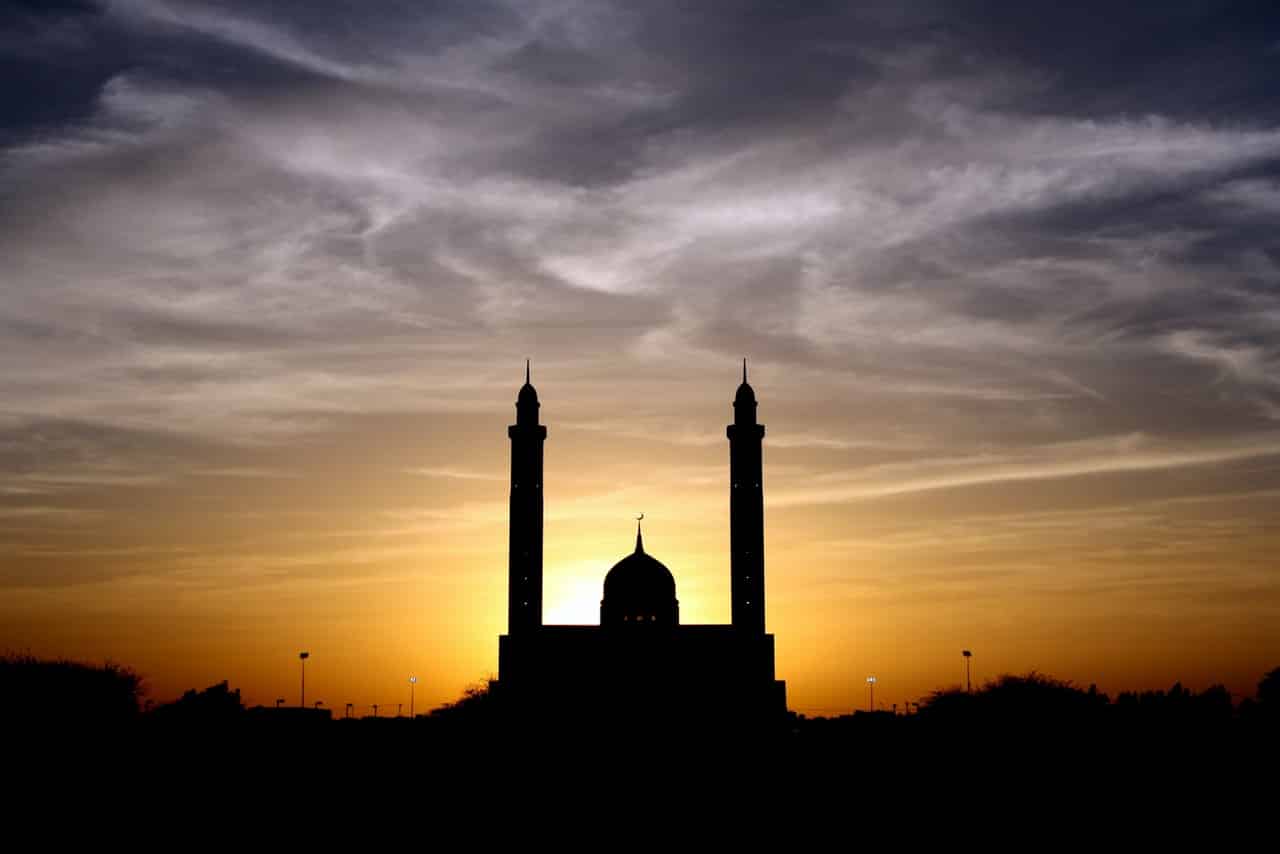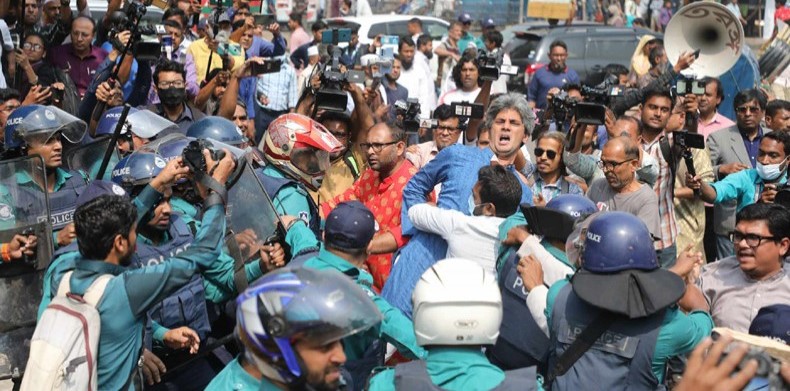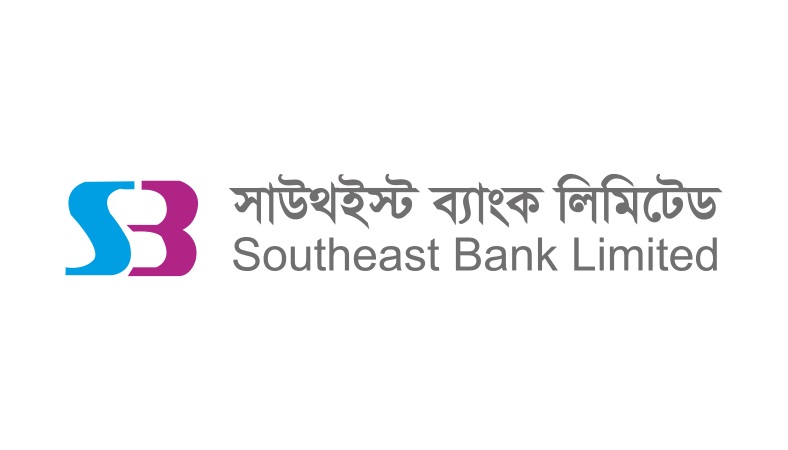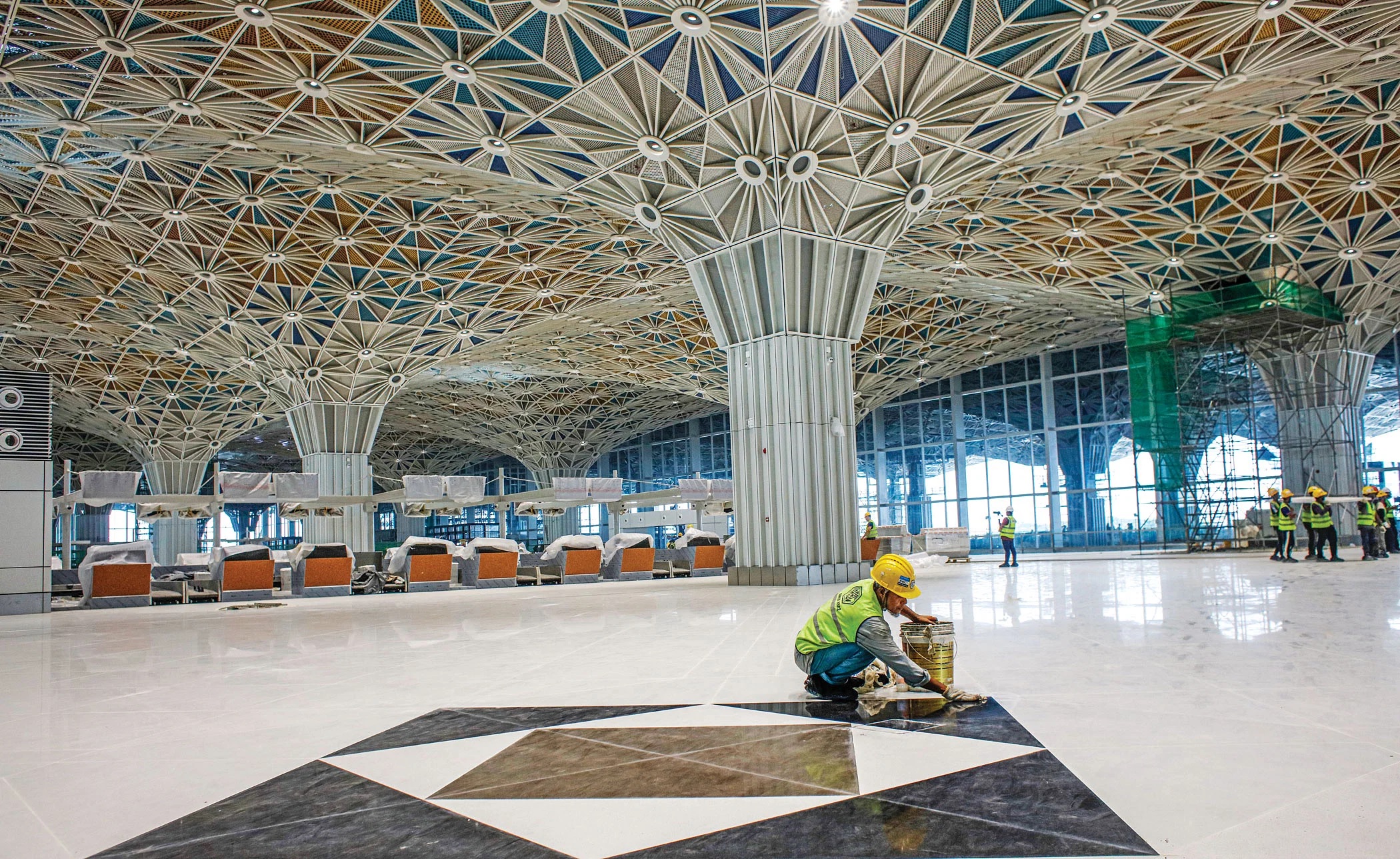With Bangladesh celebrating 50 years of its emergence as an independent nation and graduation to a developing economy from a least developed one, the country is also right on track to ensure 100% electrification by this year.
Officials and experts note that the country is already able to supply electricity to 97% of the population as the installed power generation capacity is now well in excess of 23,000 megawatts (MW). The remaining 3% should all have access to power by this year.
Official sources confirmed to that the government had already identified some off-grid pockets and supported any private initiatives to install home solar systems and other renewable electricity generation and distribution options.
However, some experts expressed caution over the government’s bearing high costs of “idle power” due to a mismatch between low demand and high electricity generation capacity, subsidies and a rising power tariff.
Ahsan Mansur, executive director of the independent think tank Policy Research Institute of Bangladesh, yesterday said Bangladesh was on track to achieve 100% electrification this year. He was speaking at a discussion entitled “Powering Up a Country into the Middle-Income Club.”
The discussion was part of a four-day conference on “Decentralized Electrification, Network Interconnection and Local Power Markets” that kicked off virtually in celebration of Bangladesh’s 50th anniversary of Independence.
Mansur cautioned that the government required a significant amount of money for idle capacity as Bangladesh’s installed power capacity now stood above 23,000 MW whereas actual power requirement was hardly 13,000 MW.
The country can rationalize the power tariff and do away with the subsidy burden by projecting electricity demand and generation more pragmatically, he said.
Participating in the conference, BUET Professor Mohammad Tamim, however, noted that there were seasonal variations in power demand and people consumed some 3,000-3,500 MW more electricity in summer than in winter in Bangladesh. As a result, the installed power capacity should be somewhat higher than the average daily requirement.
Mansur, Tamim and their fellow discussant KAS Murshid, director general of Bangladesh Institute of Development Studies, all agreed on Bangladesh’s advancement on the path of power generation and distribution. They also highlighted the need to always keep the power tariff issue in consideration.
KAS Murshid considered it nothing short of a miracle that the percentage of rural electrification in Bangladesh was nearing 100% now, when it was only 40% before 2010.
“There were 28 outages a week on average, there were fluctuations and too much load shedding back then,” he recalled from a previous study.
BRAC University, Technical University of Berlin, Microenergy Systems (MES) Research Group and Carnegie Mellon University, USA, jointly organized the conference that will continue till March 4. The conference is segmented into a total of 20 sessions that will discuss a multitude of topics on decentralized electrification, network interconnection and local power markets.
According to Bangladesh Power Development Board’s (BPDB) official website, the country’s actual power generation was 10,603 MW yesterday while it was only 8,853 MW on January 1 this year. Last year’s peak generation was recorded at 12,892 MW on September 6.
Bangladesh attained 95% electrification in 2018 and 97% last year.
However, the contribution of renewable energy to Bangladesh’s overall power generation still remains insignificant. M Tamim told the conference that 58% of Bangladesh’s electricity was generated from gas and another 35% from oil.
Bärbel Höhn, a former minister who now serves as an energy commissioner in the German Federal Ministry of Economic Cooperation and Development, told the conference that Bangladesh would do better by considering other renewable sources of power generation. She recalled how fossil fuel lobbies in Germany used to negate renewables as a viable option 20 years ago, but 52% of her country’s total electricity was being generated from renewable energies now.
Monirul Islam, deputy CEO of Infrastructure Development Company Ltd (IDCOL), said initiatives to bring solar power into the national grid and generate 300 MW of solar power from industrial rooftops by 2023 were underway.
All the experts noted that Bangladesh’s geographical location made it difficult to generate much electricity from wind power, but an initiative to generate 50 MW of electricity through wind power was still proceeding.
They all appreciated Bangladesh’s recent shift from coal-fired power generation to imported LNG-based power generation.
Earlier, SOLShare CEO and Co-founder Sebastian Groh moderated the inaugural session of the four-day conference, where BRAC University President Vincent Chang, Technical University of Berlin President Christian Thomsen and Prof Valerie Karplus of Carnegie Mellon University spoke.
The first two working sessions of the day were moderated by Syed Mafiz Kamal, senior analyst at the Centre for Research and Information, and Nancy Wimmer, director of microSOLAR. Power Division ex-Secretary and IDCOL Founding CEO M Fouzul Kabir Khan, Managing Director of Rahimafrooz Renewable Energy Ltd Munawar Moin, and Founder of Regain Paradise Sanjoy Sanyal took part in the discussions.



